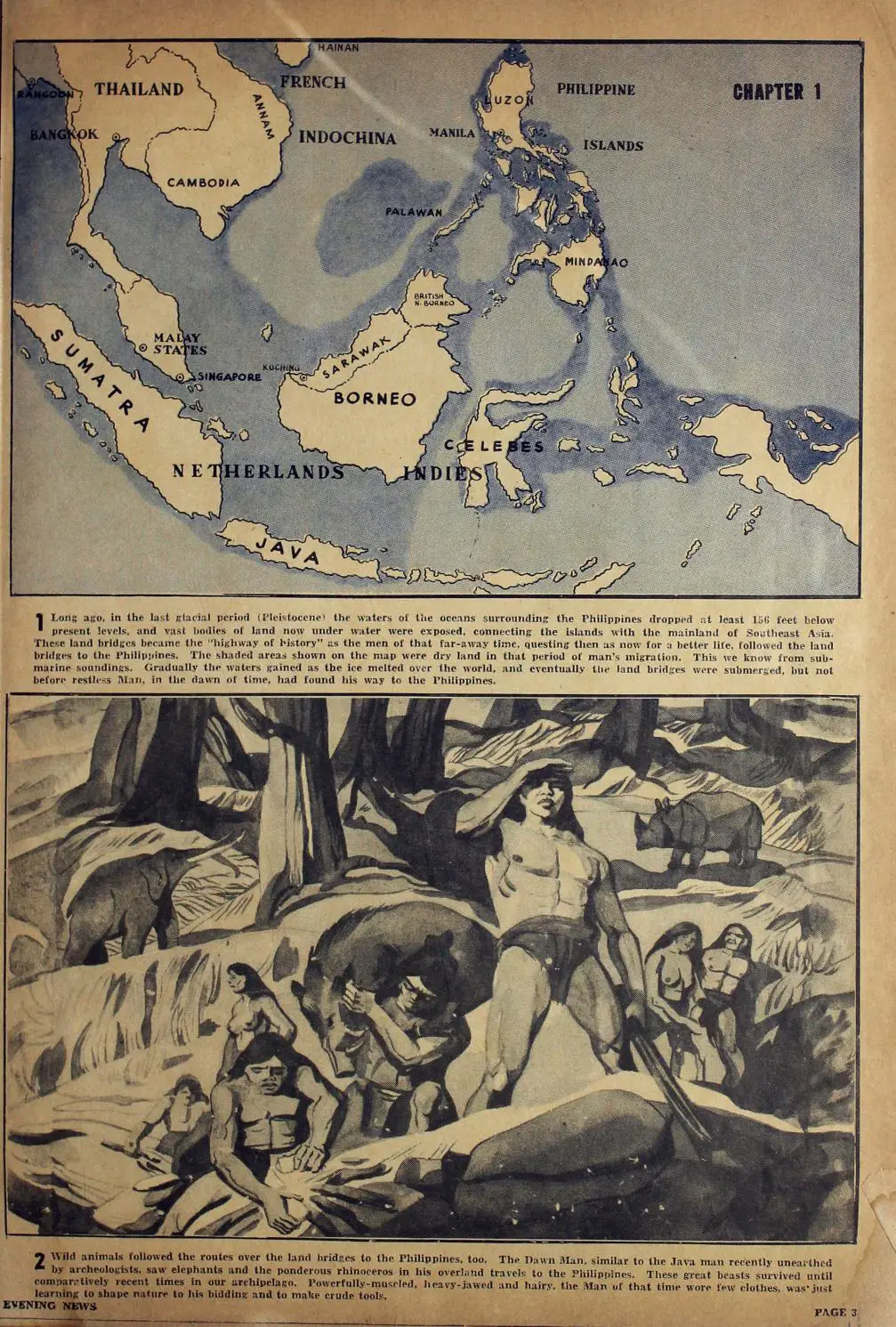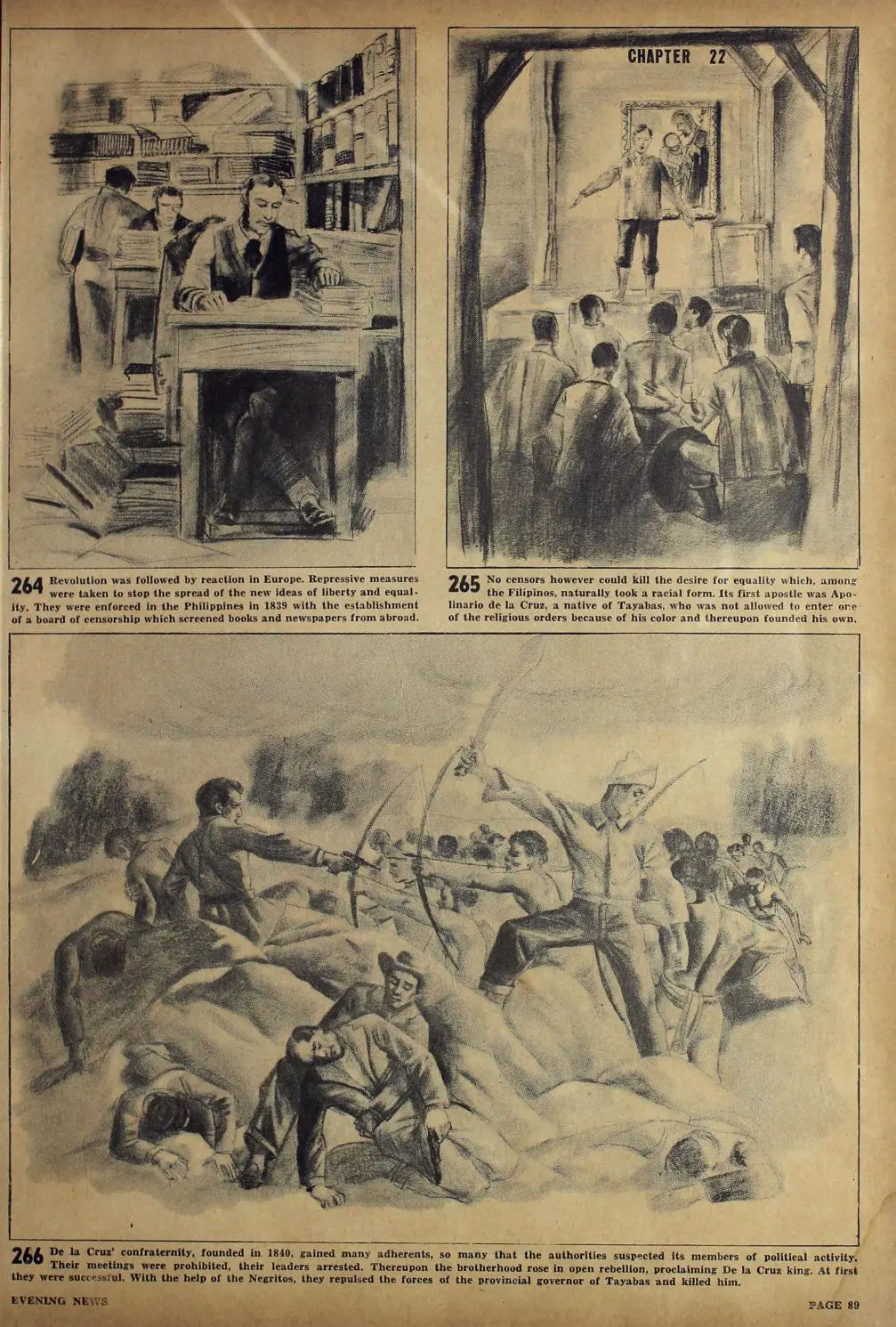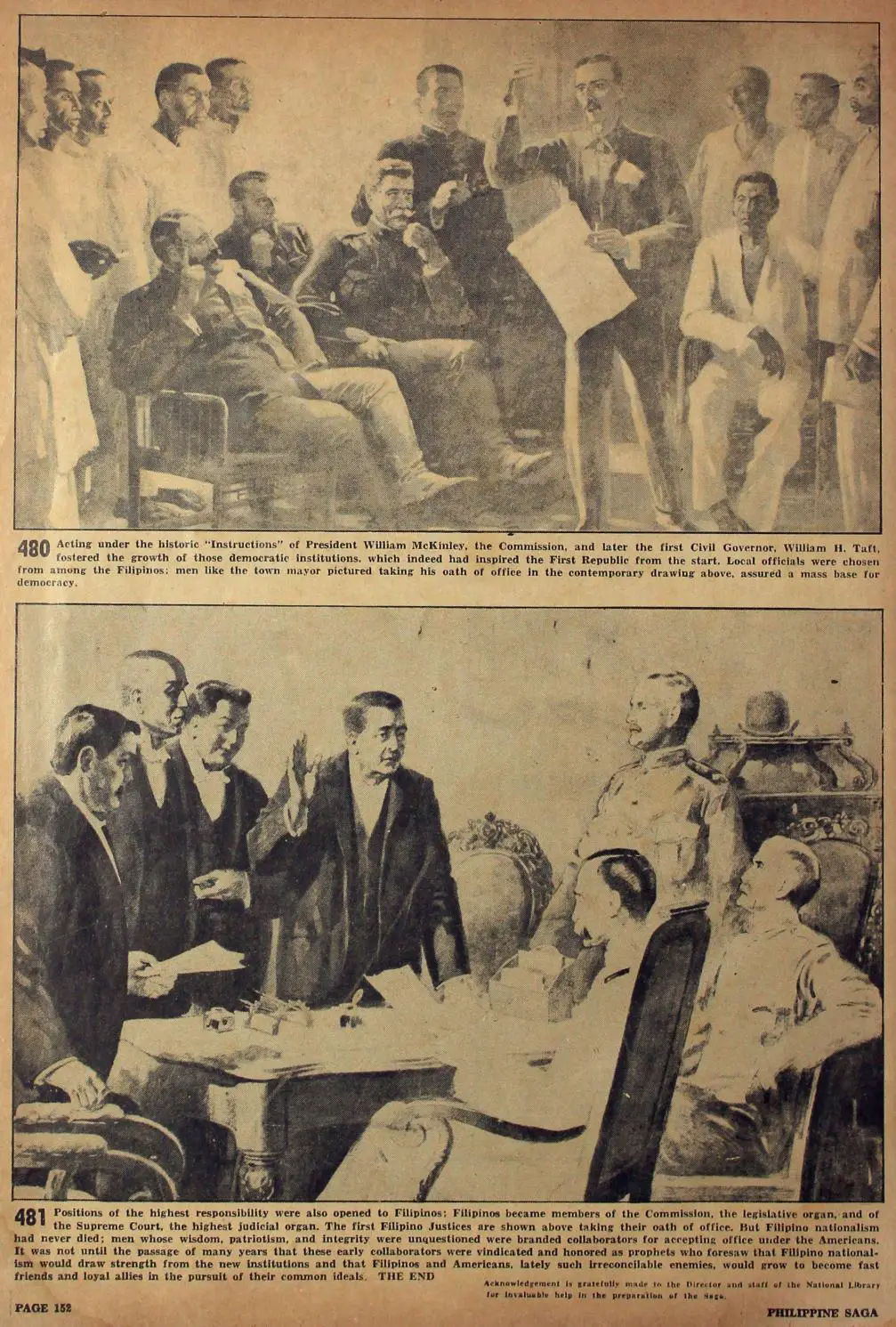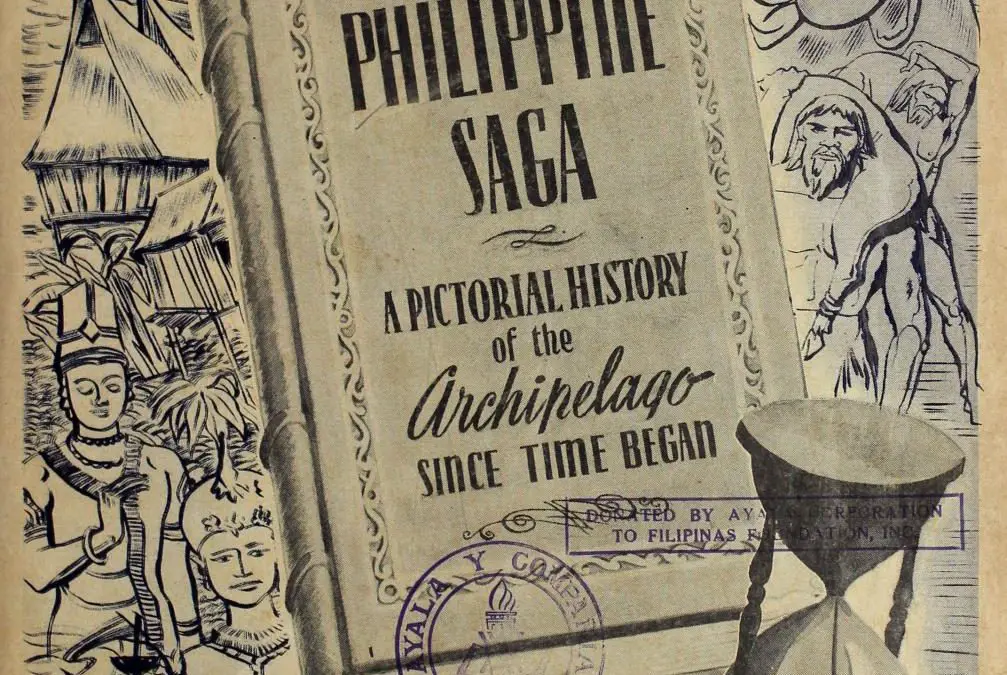What's a good read?
I can’t remember when my fascination for books started. Maybe it all started with my love for reading. It was comics and children’s books that started my interest. What’s surprising is that, although I love reading, book collecting wasn’t my hobby growing up. I don’t remember when I started collecting, and there wasn’t any specific book genre. There wasn’t any rhyme or reason. If I like the book, I keep it. If I see an interesting book on social media, I immediately search to get a copy. There were so many books that I couldn’t find anywhere. One of these books might be one of the first illustrated books about Philippine history.

I first learned of The Philippine Saga: A Pictorial History of the Archipelago Since Time Began while searching for history books. Advertised on the Salcedo Auctions site in 2018, the book’s starting bid was 5,000. Judging by the photos I found, it seems that it is rare and might be pretty thick and heavy.
Created by anthropologist Henry Otley Beyer and historian Jaime C. de Veyra, The Philippine Saga contains the history of the Philippine archipelago— from the Pleistocene era until the Filipino-American War. It is the illustrations that make this book very unique. Unlike the other history books of the time, the images and drawings are the main focus. This historical piece of work can easily be the very first illustrated book about Philippine history.
Published as a book in 1947, the articles and illustrations were compilations of a serial running on The Evening News from 1927. The book has a total of 481 illustrations, portraits, photos, and maps. Illustrations consist about 80% of the book, while photos and maps take the remaining 20%.
The First Illustrated Book?
Only two artists created the illustrations for The Philippine Saga, National Artist Vicente Manansala, and famed muralist Amadeo Manalad. Besides being a cubist painter and illustrator, Manansala was also a komiks illustrator. If you look at Filipino komiks history, he was a prominent figure.
The illustrations are excellent and will transport you to a specific time. The art style is definitive of the period and predominantly distinctly Filipino. It would be impossible not to be mesmerized by the illustrations done by these revered artists. From the drawing composition of ancient pre-colonial Philippines in the first few chapters up to the modern era, you can see that the artists gave a lot of work and thought. The transition is seamless, and it cannot be easy to tell which ones were drawn by Manalad and which ones from Manansala. The book might be a collaborative effort between them.



Using pen and ink and ink wash, the illustrations on this book are very inspiring for young readers like me. The applied artistic styles to each chapter are nothing short of amazing. The Philippine Saga is a treasure trove of history. I hope one day I can physically view a copy and feast my eyes on all 481 illustrations.
Curious to see the rest of the pages of what might be the first illustrated book about Philippine history? You can download a full PDF version here.

